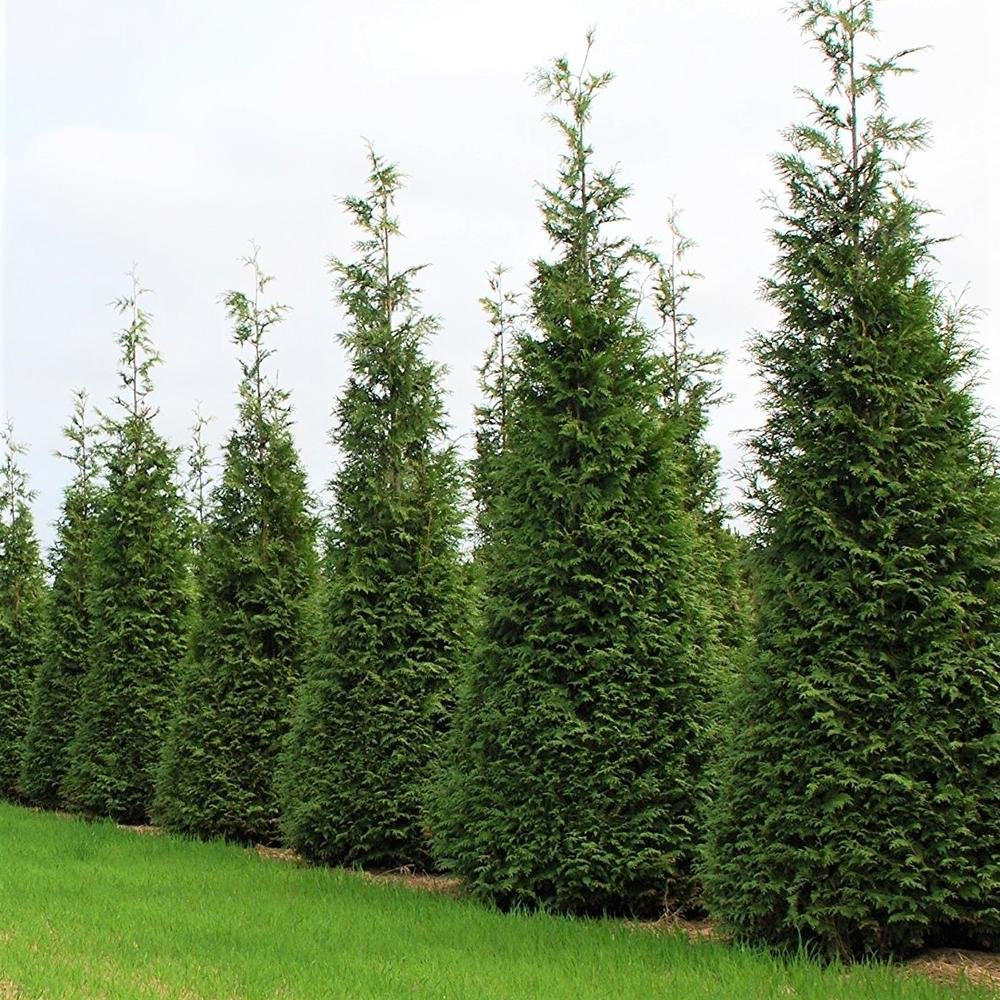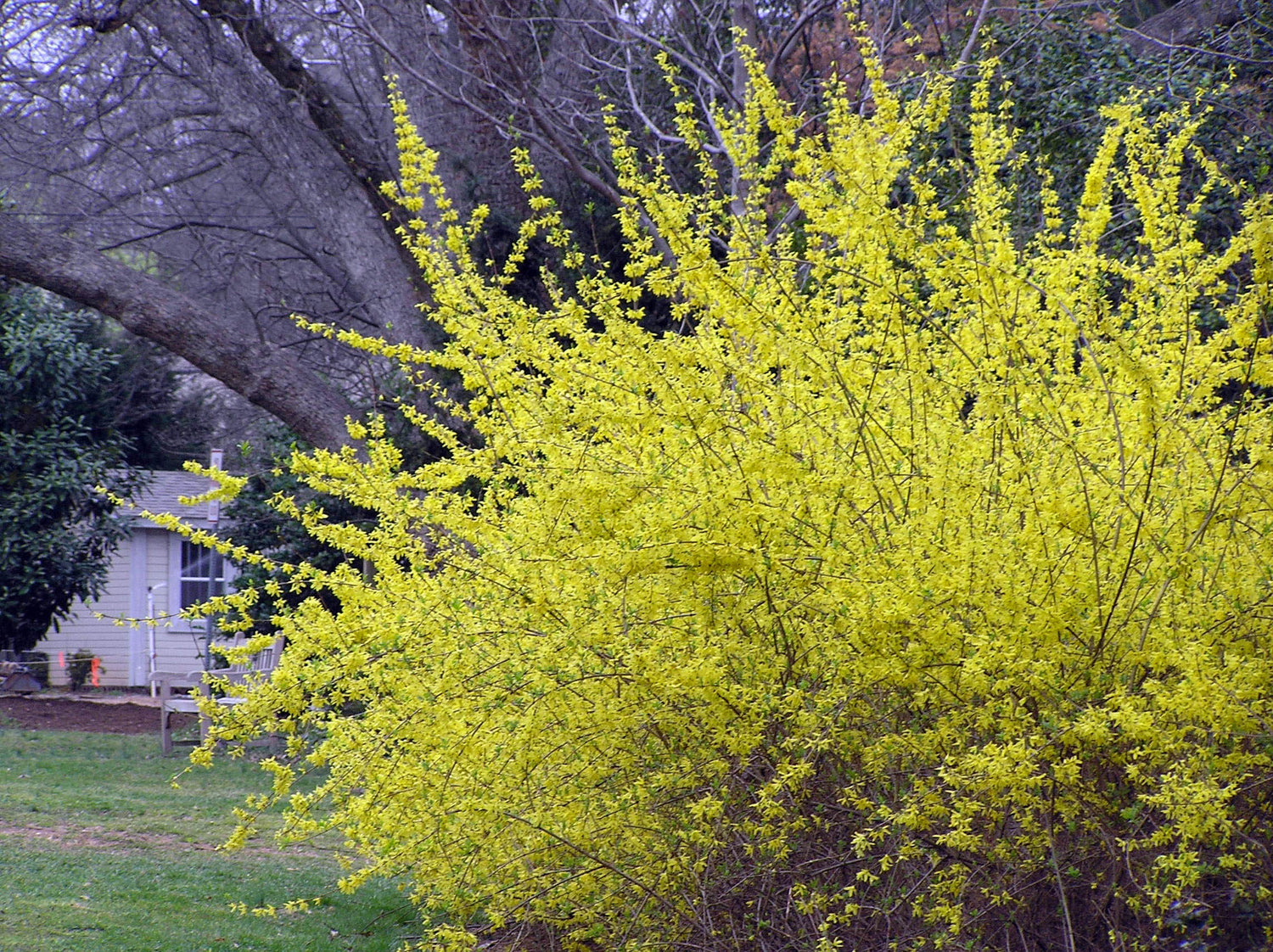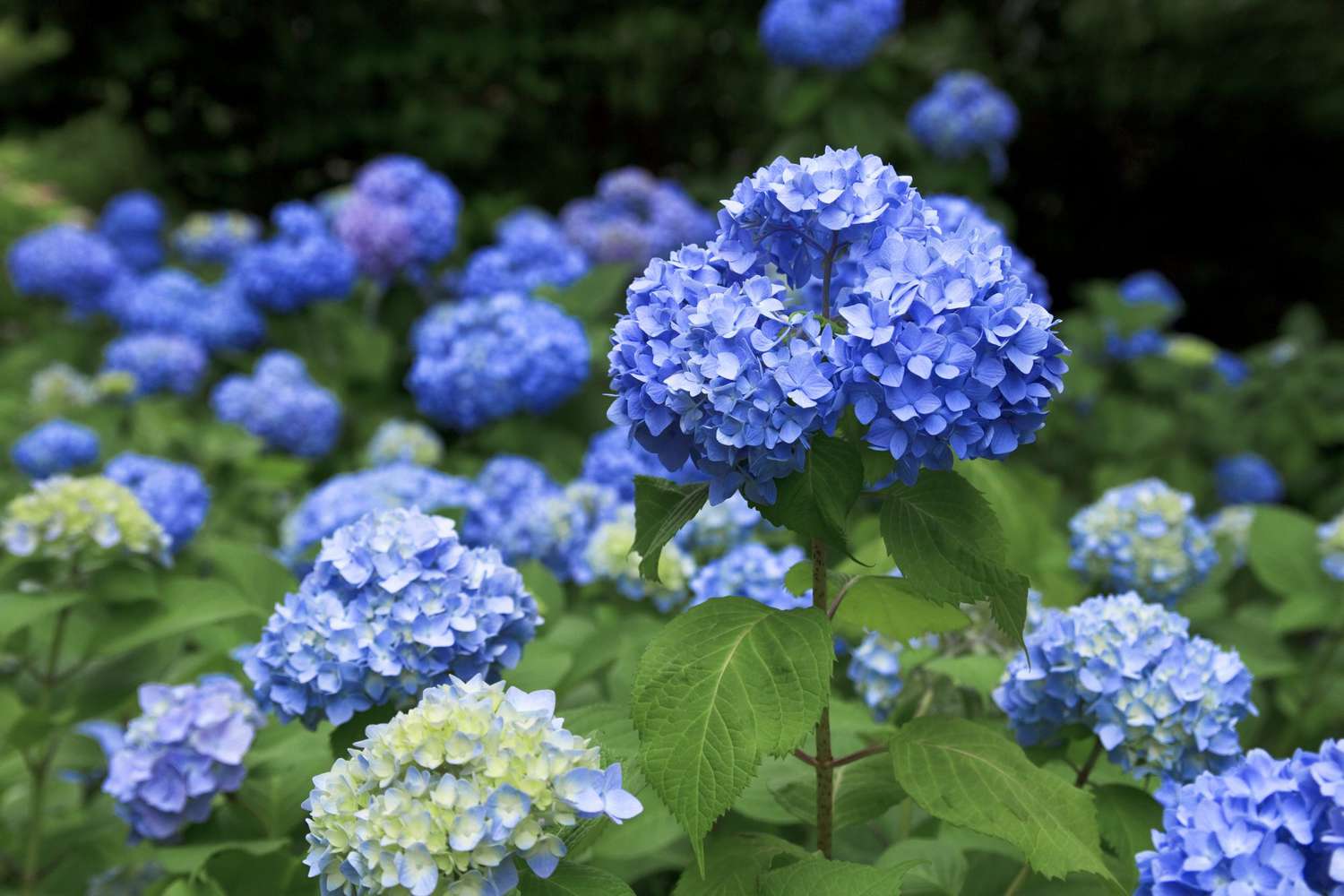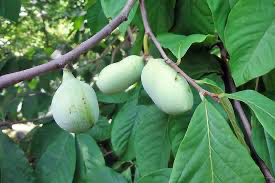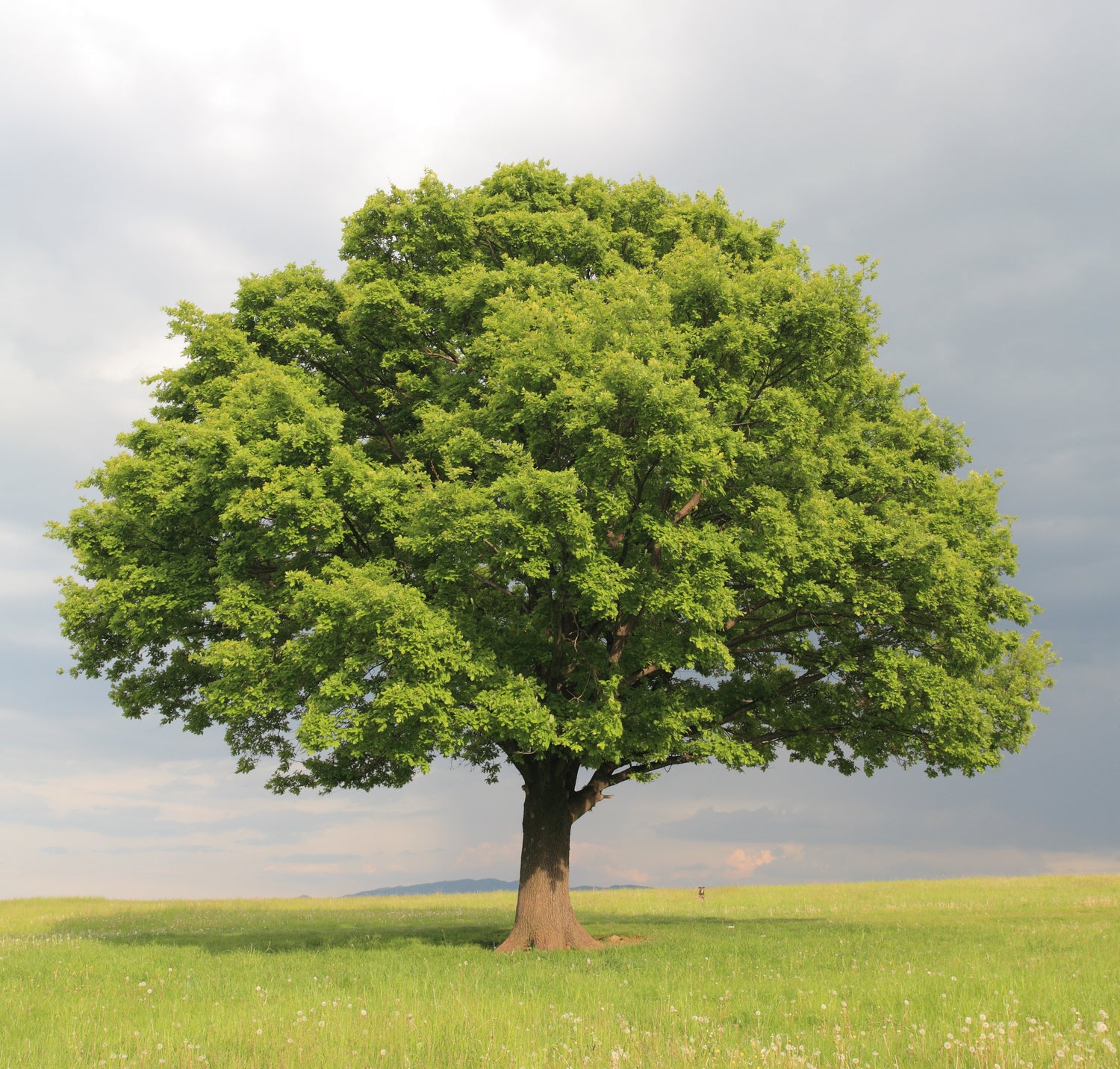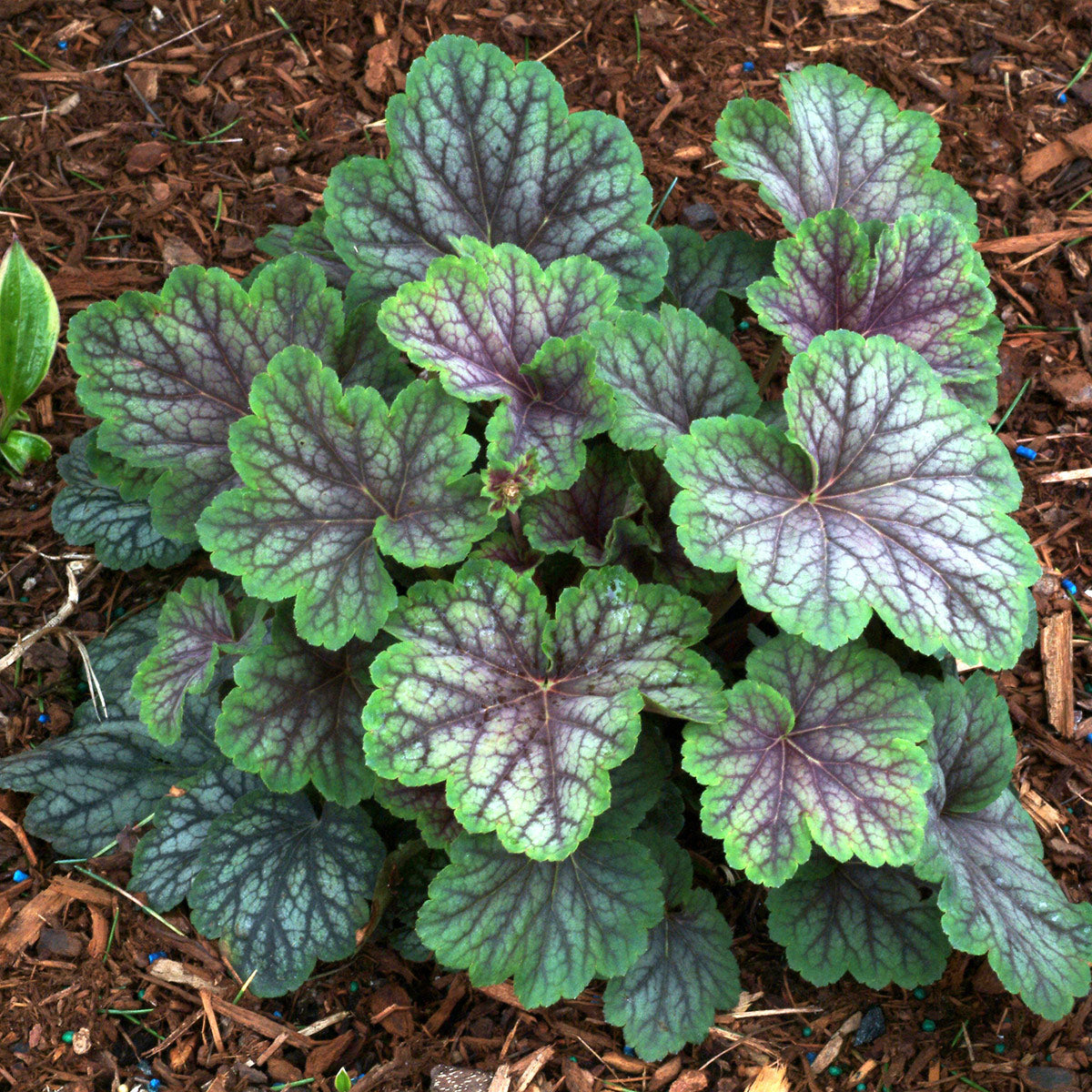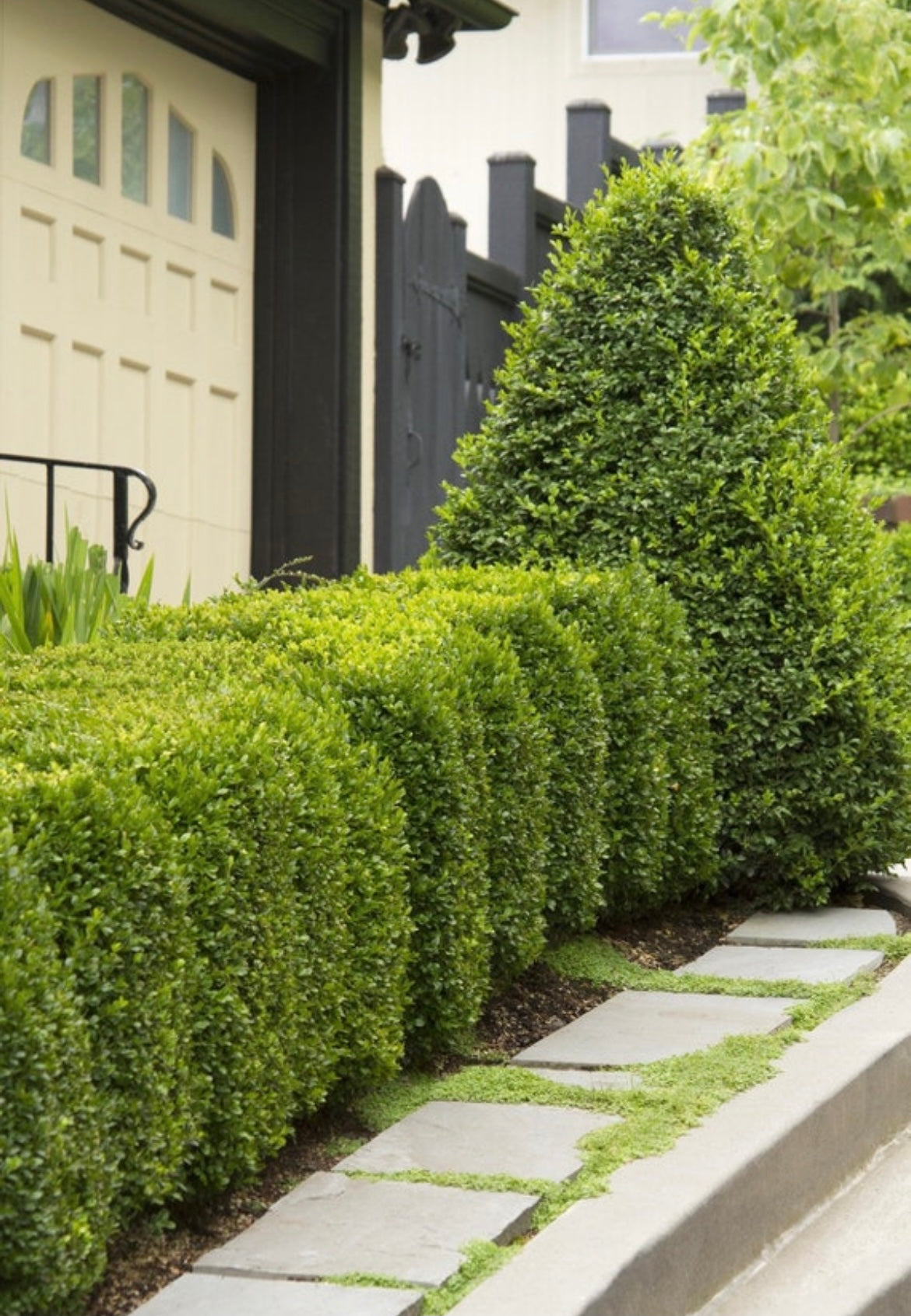
How Often Should I Water My New Tree?
Watering your new tree depends on various factors such as the type of plant, location, season, and weather conditions. Here’s a quick guide to help you understand the watering needs of your tree:
Factors to Consider
-
Plant Type: Different plants have different water needs.
- Example: Bald cypress can grow in swamps, while emerald green arborvitae prefers deep watering occasionally and dislikes constantly wet roots.
- Location & Weather: Adjust your watering schedule based on local climate and weather conditions.
- Season: Watering needs can vary throughout the year.
General Watering Guidelines for Newly Planted Trees
- Week 1: Deep watering daily.
- Weeks 2 & 3: Water every other day.
- Weeks 4, 5 & 6: Water every 3 days.
- Weeks 7, 8, 9 & 10: Water every 4 to 5 days.
- Weeks 11 to 15: Water once per week.
- Week 16+: Water once per week during dry conditions. Skip watering if there has been sufficient rain.
Note: One deep soaking is better than several light watering sessions.
Established Trees (After 1-2 Years)
- Water during extreme heat or drought conditions.
- Trees generally need less frequent watering as their roots become established.
Tips for Effective Watering
- Avoid Overwatering: Overwatering can cause root rot, which is often fatal for trees. More trees die from overwatering than from underwatering.
-
Check Soil Moisture: Use your finger to check the soil near the roots.
- Dry Soil: Needs watering.
- Super Moist Soil: Avoid watering to prevent root rot.
- Cool, Lightly Moist Soil: Ideal condition.
Remember, proper watering helps your tree establish strong roots and thrive in its new environment. Always tailor your watering schedule to the specific needs of your tree and local conditions.
Check Out Our FAQ Page Here For More Questions & Answers!
Seasonal Watering Considerations
Spring and Summer
- Spring: As the tree emerges from dormancy, increase watering to support new growth.
- Summer: Water more frequently during hot, dry periods to prevent stress.
Fall and Winter
- Fall: Gradually reduce watering as the tree prepares for dormancy.
- Winter: Water sparingly, mainly when the ground is not frozen, to prevent dehydration.
Tools and Techniques for Efficient Watering
Watering Tools
- Soaker Hoses: Provide slow, deep watering directly to the root zone.
- Drip Irrigation: Delivers precise amounts of water directly to the base of the tree.
- Watering Bags: Useful for newly planted trees, releasing water slowly over time.
Techniques
- Mulching: Apply a 2-4 inch layer of mulch around the base of the tree to retain moisture, regulate soil temperature, and reduce weeds.
- Watering Basin: Create a small basin around the base of the tree to help contain water and ensure it soaks down to the roots.
Recognizing Signs of Overwatering and Underwatering
Overwatering
- Yellowing leaves
- Root rot
- Fungal growth
Underwatering
- Wilting or drooping leaves
- Dry, brittle branches
- Leaf scorch (browning edges)
Additional Tips for Tree Health
Soil Amendments
Improving soil quality can significantly enhance water retention and nutrient availability. Consider adding organic matter such as compost or well-rotted manure to the planting site before planting your tree.
Watering Newly Transplanted Trees
Transplanted trees are under significant stress and require more careful watering. Ensure the soil remains consistently moist (but not waterlogged) until the tree establishes new roots.
Watering During Drought Conditions
During periods of drought, prioritize watering your trees, especially young and newly planted ones. Watering deeply and less frequently is more effective than frequent, shallow watering.
Grouping Plants with Similar Water Needs
Design your landscape by grouping plants with similar water requirements together. This approach makes it easier to water efficiently and ensures all plants receive the appropriate amount of water.
Common Myths About Watering Trees
Myth 1: All Trees Need the Same Amount of Water
Different tree species have varying water requirements. Always research your specific tree species to determine its ideal watering needs.
Myth 2: Frequent Shallow Watering is Best
Deep watering promotes deeper root growth, making trees more resilient to drought. Frequent shallow watering encourages shallow roots, which are more vulnerable to stress.
Myth 3: Watering During the Day Causes Leaf Burn
While it’s best to water in the early morning or late evening to reduce evaporation, watering during the day doesn’t cause leaf burn. The critical factor is ensuring the roots receive sufficient water.
Creating a Watering Schedule
Tailoring to Tree Species
Each tree species has its unique water requirements. Create a watering schedule that considers the specific needs of your trees.
Adjusting for Climate
Adapt your watering schedule based on local climate conditions. For example, trees in arid regions require more frequent watering than those in humid climates.
Monitoring and Adjusting
Regularly monitor your trees and adjust the watering schedule based on their health and weather conditions. Using moisture meters can help you accurately gauge soil moisture levels.
Proper watering is crucial for the health and growth of your new tree. By understanding the specific needs of your tree and following these general guidelines, you can ensure your tree establishes strong roots and thrives in its new environment. Always tailor your watering schedule to the specific needs of your tree and local conditions, and use appropriate tools and techniques to maintain optimal soil moisture levels.
Some links in this content may link to other websites such as Amazon, where if you purchase the product we recommended to you, we may receive a small commission.



